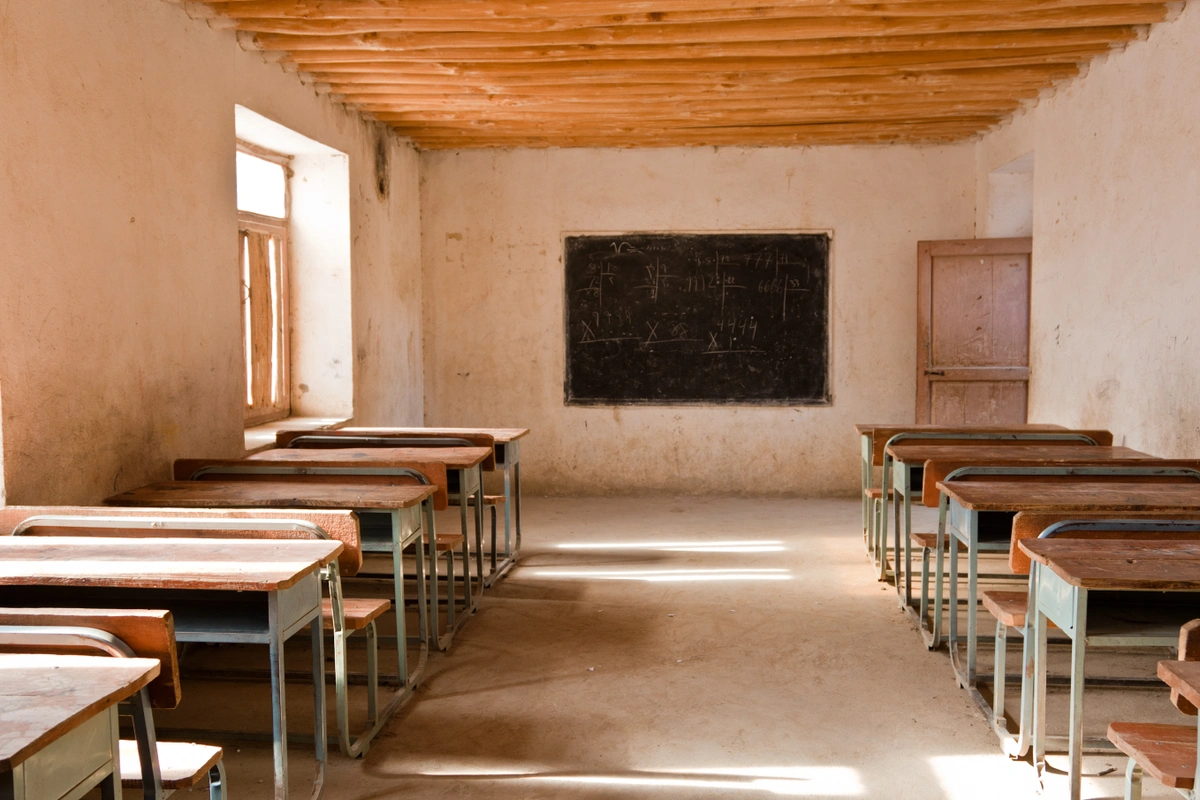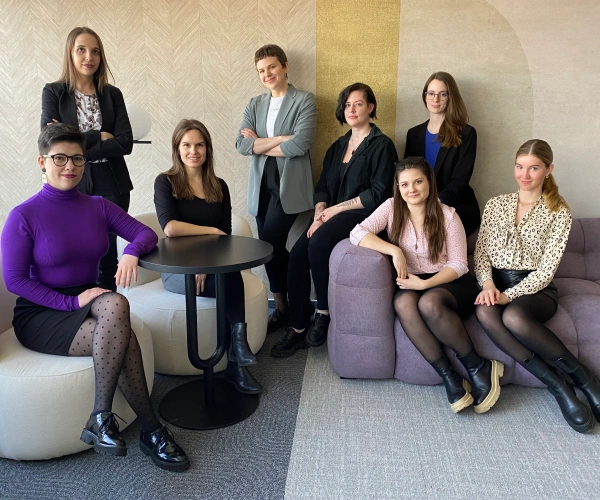
While scaling resources in education is important, this alone does not improve quality. Moving beyond traditional metrics can help to see the details needed to make genuine change.
Understandably, governments often try to improve the quality of education by increasing the number of teachers, schools, textbooks and other resources available to students. While these assets are all important for delivering high-quality education, increasing resources alone does improve quality much. Proper lesson planning, learning materials, skills-based ongoing teacher training, and mentoring, are all valuable tools to ensure that increasing resources delivers a higher standard of education for students.
Teaching at the Right Level (TaRL)
Teaching at the Right Level (TaRL) is an approach that can be used alongside increasing resources. It targets teacher instruction by learning level, rather than grade. It supports educators to regularly and rapidly identify the basic literacy and numeracy skills of students through quick assessments. Instruction can then be adapted to meet students' learning needs. It attempts to plan sustainable scaling, with a focus on maintaining quality.
Botswana's Ministry of Education and Skills Development (MESD) is currently pursuing TaRL, with the intention being to infuse the approach into everyday teaching practice among teachers in grades 3 to 5, across all 755 primary schools in the country.
Mentorship is another key component of TaRL. Mentors are TaRL experts who have been trained in and implemented TaRL previously. They then provide feedback and guidance to TaRL school teachers, in order to ensure high-quality implementation.
Real-time Scaling Labs (RTSLs)
Along with TaRL and increasing resources, Real-time Scaling Labs (RTSLs) provide a research approach that ensures quality implementation of TaRL takes place. It combines documentation and analysis of the scaling journey with in-person and virtual workshops. The approach is intended to plan sustainable scaling, reflect on challenges and opportunities, and adapt scaling strategies effectively.
One challenge for RTSLs has been a high turnover rate among government leaders. This often means that new relationships need to be formed between RTSL staff and governments. However, one way that Youth Impact has been overcoming this is by maintaining a presence in regional MESD offices in Botswana. The organisation has done this by seconding staff to support regional delivery and adaptation.
A local approach
Instilling more local ownership of educational reforms can help to bring about greater accountability and a more sustainable process of scaling interventions. This would involve shifting ownership from international donors or external consultants to more parties such as governments, local educators and administrators. Involving students and parents too allows those most affected by the reforms to tailor them to better fit their contexts and needs.
Delving into the details is the starting point for scaling interventions in education. Instead of increasing resources without thought, the key mentorship and advisory components of approaches such as Teaching at the Right Level (TaRL) and Real-time Scaling Labs (RTSLs) can provide more successful interventions. Involving more people directly affected by the reforms ensures that any reforms are better tailored to the needs of those involved as well.


